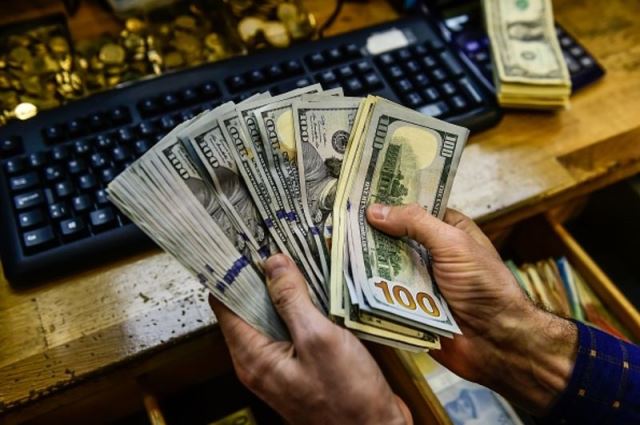The dollar was flat versus a basket of currencies on Wednesday as a somewhat mixed report on domestic consumer prices reinforced the notion that underlying U.S. inflation remains tame and the Federal Reserve would keep rates on hold.
An index that tracks the greenback versus the euro, yen, sterling and three other currencies was 0.10% higher at 97.10. On Tuesday, the ICE dollar index fell to 96.858, the lowest level in eight trading sessions.
The Norwegian crown rallied to its highest level against the euro in five months after stronger-than-expected inflation data raised expectations of another rate hike from the central bank in the coming months.
Core CPI for March came in at 2.7 percent compared to market expectations of 2.5 percent, supporting the view that near-term inflation is holding up in an economy that is also benefiting from higher commodity prices.
The crown, which is already one of the best performers against the dollar and the euro so far this year, gained by nearly half a percent against the euro and the dollar.
Versus the euro, the crown gained to 9.5850 crowns per euro, its highest level since mid-November 2018. Despite the gains, it broadly remains one of the most undervalued currencies in the G10 FX space.
“The positive economic development as well as price pressure is making rate hikes necessary,” Commerzbank strategists said in a daily note.
The optimism around the crown was in contrast to the general sense of caution surrounding the euro before the outcome of a European Central Bank meeting later in the day.
The ECB is all but certain to keep policy on hold, taking its time to evaluate whether its most recent stimulus is enough to arrest a rapid decline in sentiment.
The single currency was also hemmed in a tight range thanks to a bunch of currency options struck between 1.12 to 1.15 levels by traders in the eventuality of Britain crashing out of the European Union without a deal.
That hedging in the currency markets was also evident in the sterling derivative markets, with deep out of the money puts, a form of insurance protection to protect against the likelihood of sterling crashing sharply, seeing some demand.
Elsewhere, broader sentiment in the market remained subdued as the flare-up between the United States and Europe added to other potential global flashpoints over trade, including Sino-U.S. negotiations.














